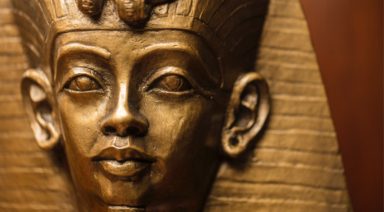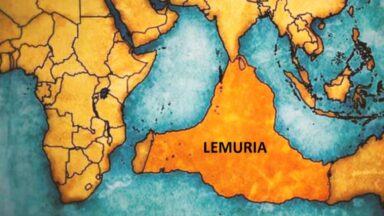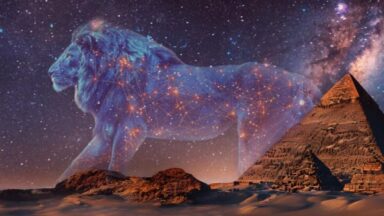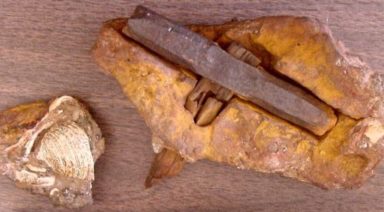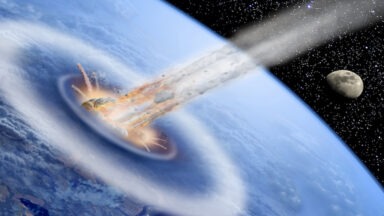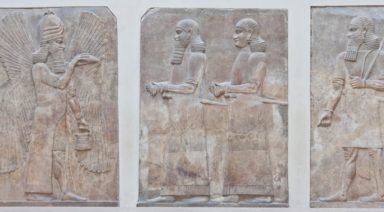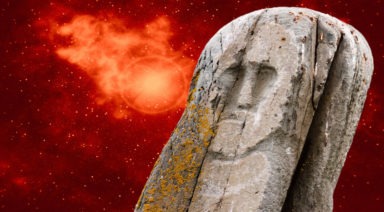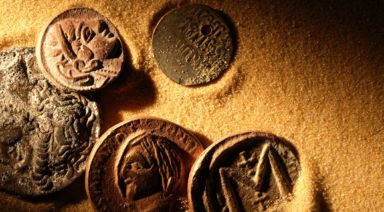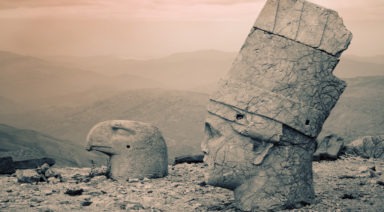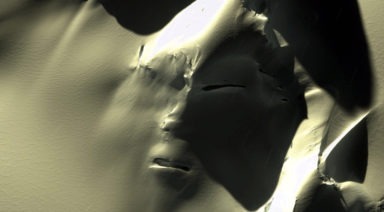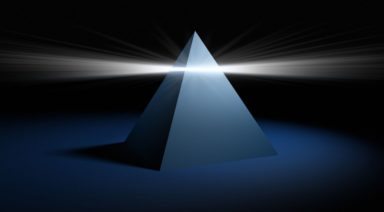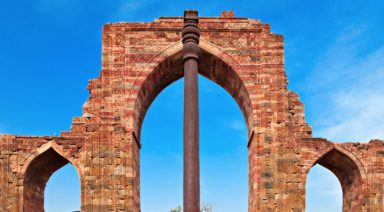Where is the Garden of Eden?

The Garden of Eden is a central theme in the Old Testament: a gorgeous utopia where everything is beautiful and perfect, untouched by the sins of man. It all sounds too perfect, doesn’t it?
This concept of an idyllic, pristine paradise isn’t exclusive to Christianity. The Sumerians called it “Dilmun,” while the Greeks referred to it as the “Garden of the Hesperides.”
There are more than just a few details about the garden that overlap between cultures, which leaves room for speculation and exploration. Is this paradise a mere myth, or did it actually exist? If it did exist, where was it located?
The Search for the Garden of Eden
Scientists, philosophers, and laypeople have spent centuries searching for the elusive Garden of Eden location. While we still don’t know exactly where it was — or if it even existed — it offers interesting theories to explore.
In Genesis 2:8-14, the garden is described as being near the Tigris and Euphrates rivers. Based on this information, we can safely assume the Garden of Eden was located somewhere in the Middle East — specifically in an area known as the Fertile Crescent, which included Mesopotamia.
Because the Bible describes the garden as bountiful, its correlation to the Fertile Crescent makes sense. This region was very uncharacteristic of the surrounding desert, with moist soil and abundant water. It eventually became an epicenter for agriculture.
However, this same Bible verse mentions two other mysterious rivers: the Pison and the Gihon. These rivers may or may not exist today, and scholars have struggled throughout the ages to determine their locations.
Many Ethiopians believe the Gihon is the modern-day Blue Nile, one of the major tributaries of the Nile, although this has never been proven. Similarly, the location of the Pison (also stylized as the “Pishon”) remains unknown, though some believe it to be the modern-day Ganges, and others believe it to be the Nile.
Other Stories of the Garden of Eden
In addition to Christians, there are other groups of people who have their own stories of a similarly idyllic paradise.
Eastern Traditions
Shambhala is a utopian kingdom that is a focal point of the Tibetan Hindu and Buddhist movements. It’s a place where people coexisted together in harmony and enlightenment.
Unlike the Garden of Eden, Shambhala seems to be centered moreso around an idea rather than a physical place. In Eastern religions, the core concepts of Shambhala — harmony, enlightenment, and wisdom — can be achieved virtually anywhere, at any time, through mindfulness and meditation.
Sumerians
In the Epic of Gilgamesh, the utopian garden is referred to as the “garden of the gods” and is located near the Euphrates and Tigris rivers. The epic describes a “plant of life,” which parallels the Tree of Life in the book of Genesis and allegedly provides eternal life.
When Gilgamesh learns of the plant’s power to provide everlasting youth, he attempts to take it. However, a serpent thwarts his efforts and steals the plant from Gilgamesh while he is camping. It is then that Gilgamesh understands his mortality and accepts that he cannot live forever.
Greeks
Ancient Greek folklore refers to the garden as the “Garden of the Hesperides.” Similar to the Biblical tale, this garden is associated with a fruit-bearing tree and a serpent.
According to Greek mythology, the Garden of Hesperides is located “at the northern edge of the world.” Its name comes from the nymphs who resided there (the Hesperides), who were daughters of a god called Atlas. The Hesperides, along with a serpent named Ladon, guarded the tree and its forbidden fruit, which belonged to Zeus.
Garden of Eden: Fact or Fiction?
There are some clear parallels between these legends and those that appear in the Bible. Is this merely a coincidence? Or, is it possible such a utopian place existed? While the mystery of the Garden of Eden prevails, so too does the quest for truth.
Want more like this article?
Don’t miss Ancient Civilizations on Gaia to journey through humanity’s suppressed origins and examine the secret code left behind by our ancestors.
Evidence the Knights Templar Migrated to Brazil

In the heart of Brazil lies a cave with carvings that may rewrite history. Long before Columbus set foot in the New World, a Medieval society had already taken root. Now researchers are looking for what drove this group across the Atlantic Ocean.
What were they in search of, and what secrets do they now offer the world? A new documentary titled, “The Brazilian Templars Mystery,” sheds light on one of the most overlooked clues to our past and one of the most intriguing and misunderstood cult of warriors — the Knights Templar.
Around 1118 A.D., Hugues de Payens, a French knight, created a military order, along with eight relatives and acquaintances, who became known as the Knights Templar. The order grew rapidly into a large organization of devout Christians during the Middle Ages, charged with an important mission: to protect European travelers on their pilgrimage to the Holy Land and carry out military operations that would ensure a free flow of unhindered pilgrims.
The members of this colorful order of knights swore oaths of poverty and chastity and wore a distinctive badge bearing a red cross on a white mantle. As pilgrimages grew in intensity, so did the numbers of Templars until they became Medieval Christendom’s leading military order.
Over time, the Templars gained a reputation as a wealthy, powerful, and mysterious order that was well-known for their activities as droves of travelers made their way to the holy sites of Jerusalem. When Christian armies wrested control of Jerusalem in 1099 A.D., the Templars opened the floodgates for more and more pilgrims to join.



